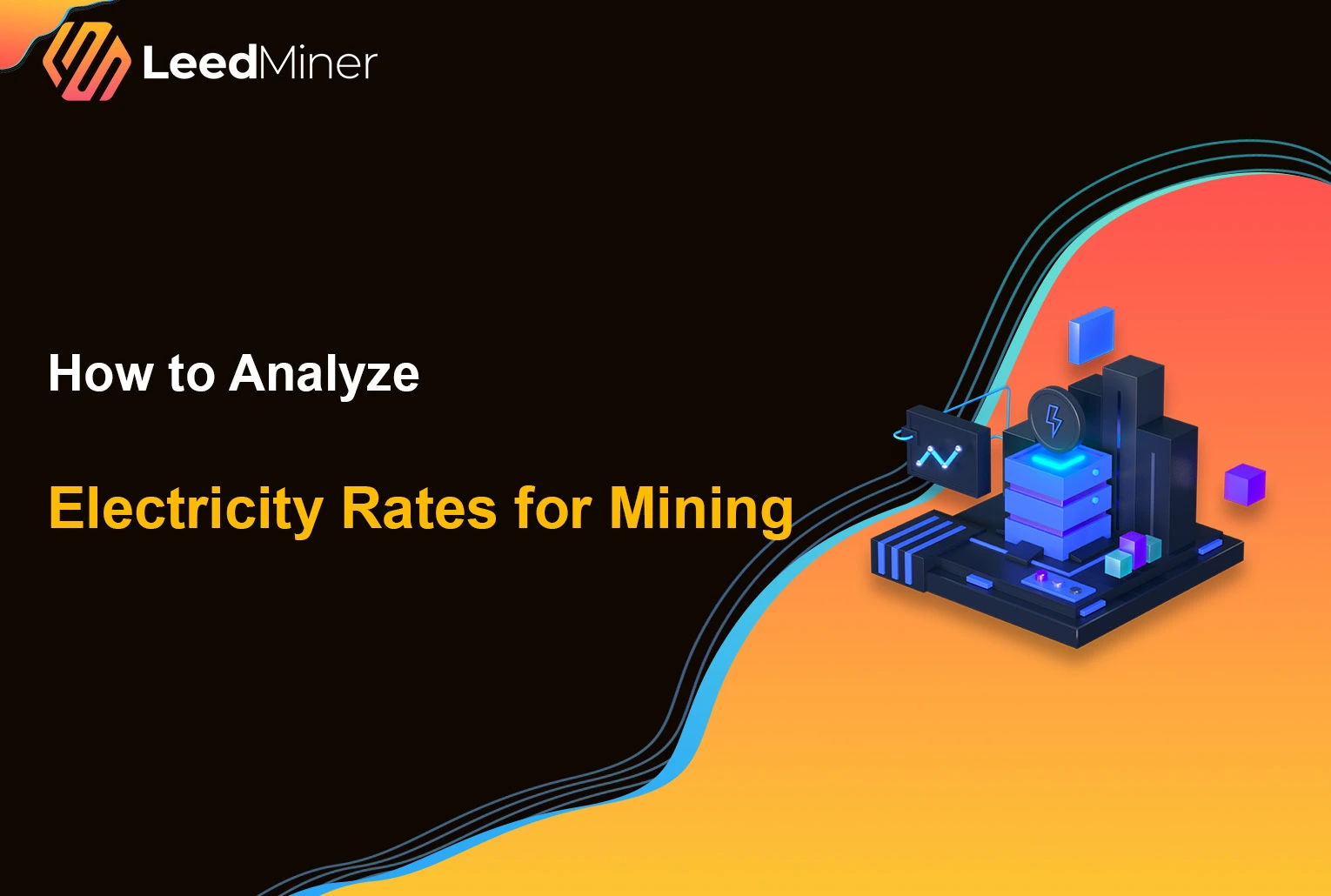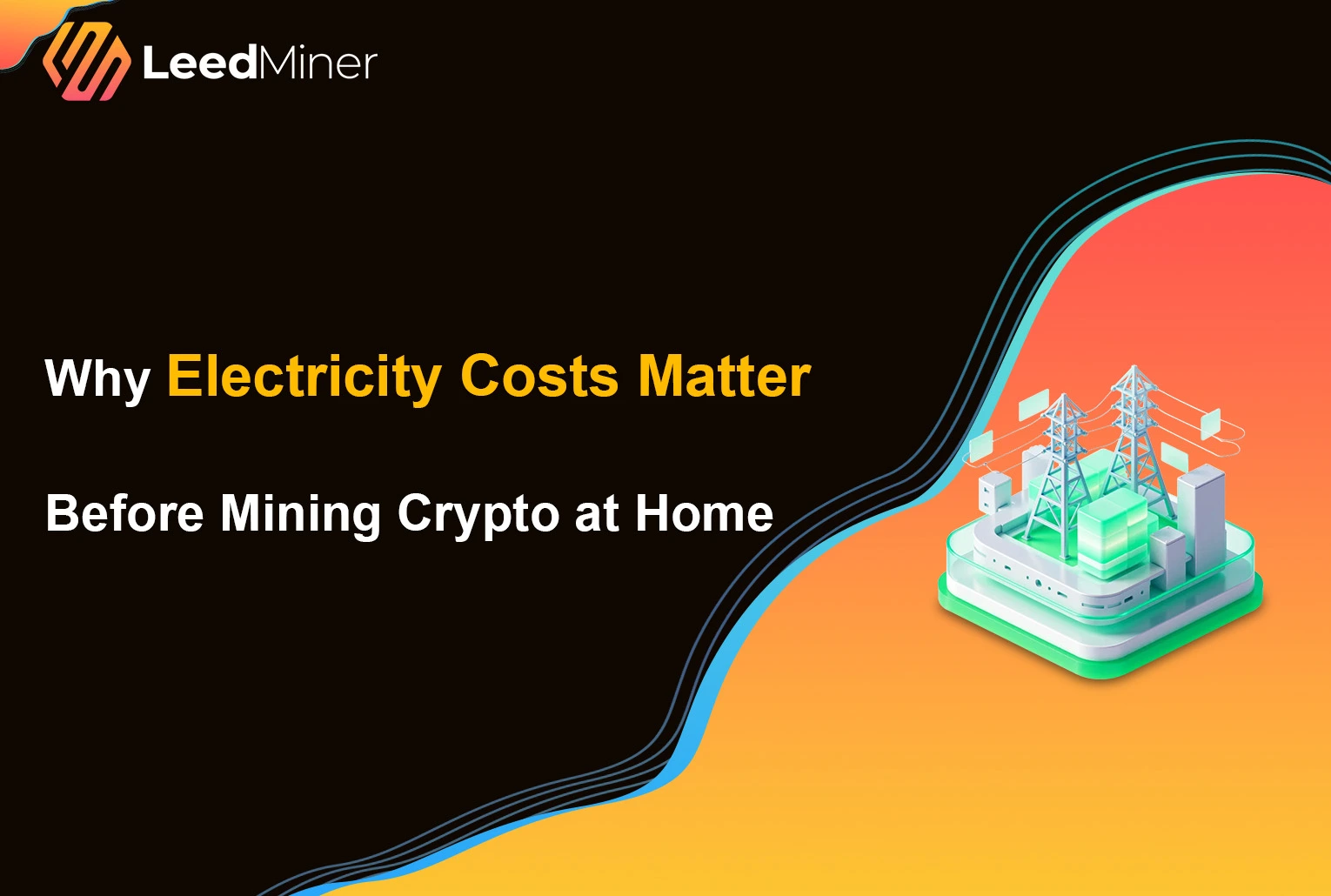SUMMARY
When it comes to cryptocurrency mining, your electricity rate can make or break your profitability. Whether you’re running a single ASIC at home or operating a full-scale farm, electricity is your largest ongoing cost. Understanding how electricity pricing works—especially across regions and rate structures—helps you make informed decisions and maximize your return on investment (ROI). In this guide, we’ll walk you through everything you need to know to analyze electricity rates for mining.
Understanding Electricity Pricing Structures
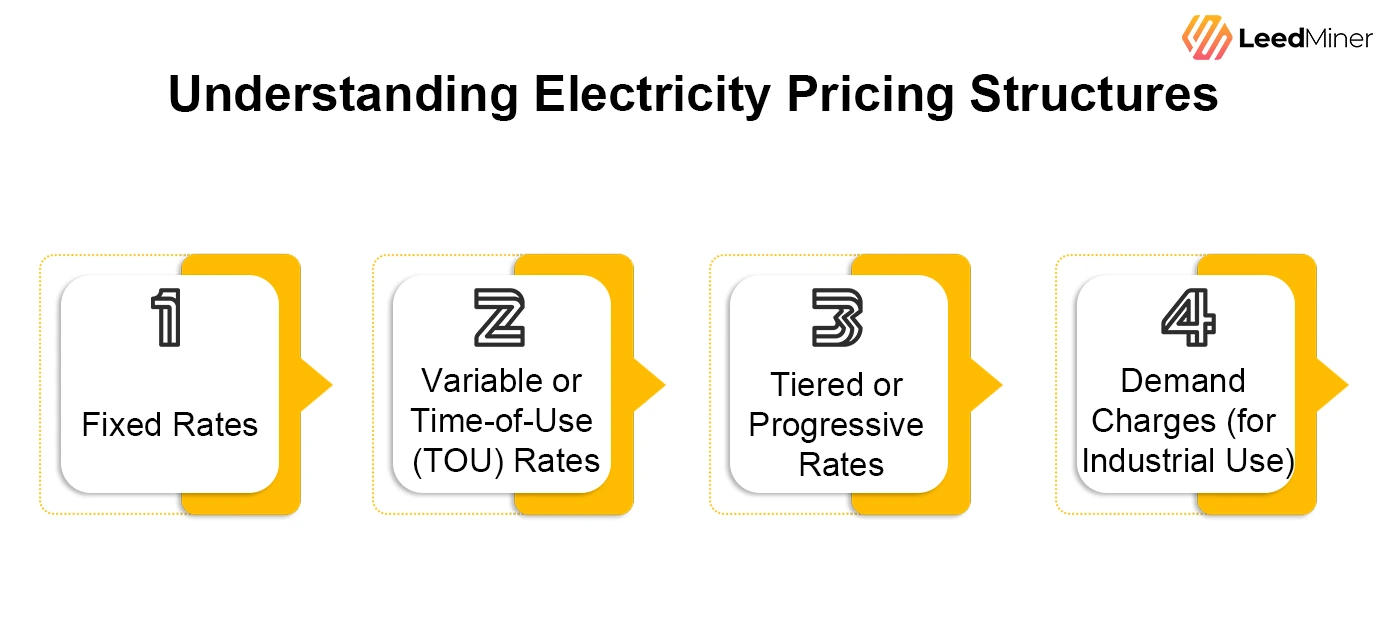
Fixed Rates
A fixed rate means you pay the same price per kilowatt-hour (kWh) regardless of time or usage volume. This offers predictability and simplicity, making it ideal for miners who want stable costs over long periods. Many residential users and small commercial customers are on fixed-rate plans.
Pros: Easy to plan mining ROI
Cons: May be higher than off-peak rates in dynamic plans
Variable or Time-of-Use (TOU) Rates
With TOU or dynamic pricing, electricity costs change based on demand—typically higher during the day and lower at night. Miners who can schedule operations during off-peak hours (e.g., overnight) can significantly cut costs.
Example:
- Peak: $0.22/kWh (daytime)
- Off-peak: $0.09/kWh (midnight–6 AM)
Pros: Opportunity to lower cost if mining time is flexible Cons: Requires smart meters and load management
Tiered or Progressive Rates
Under this model, electricity becomes more expensive as your usage increases. For instance, the first 500 kWh may cost $0.12, but anything above 1000 kWh might jump to $0.20.
Pros: Suitable for low-usage residential miners Cons: Penalizes high-energy use, bad for farms
Demand Charges (for Industrial Use)
Large mining farms often pay not just for energy consumed but also for their peak power demand. Utilities charge based on the highest 15-minute power draw each month. Managing demand spikes is key.
Pros: Lower base rate per kWh
Cons: High penalties for brief peak usage
How to Calculate Your Real Electricity Cost
Many miners mistakenly look only at the listed kWh rate, ignoring hidden costs. Here’s how to get the true picture:
Step-by-step calculation:
- Check your total monthly electricity bill
- Divide it by your total kWh usage
- Result = your real effective rate per kWh
Also include:
- Grid connection fees
- Taxes and environmental levies
- Service and metering charges
Regional Electricity Differences
Electricity prices vary wildly across regions. Here’s a general snapshot:
| Country/Region | Avg. Industrial Rate (USD/kWh) | Notes |
|---|---|---|
| Paraguay | $0.03 | Abundant hydro, miner-friendly |
| Texas, USA | $0.06–0.10 | Competitive, deregulated |
| China (official) | $0.05–$0.08 | Varies by province, risks exist |
| Europe (Germany/UK) | $0.25+ | High cost, often unviable |
| Kazakhstan | $0.05 | Cheap, but policy instability |
Tip: Always verify with the local utility or hosting provider.
Energy Source and Sustainability
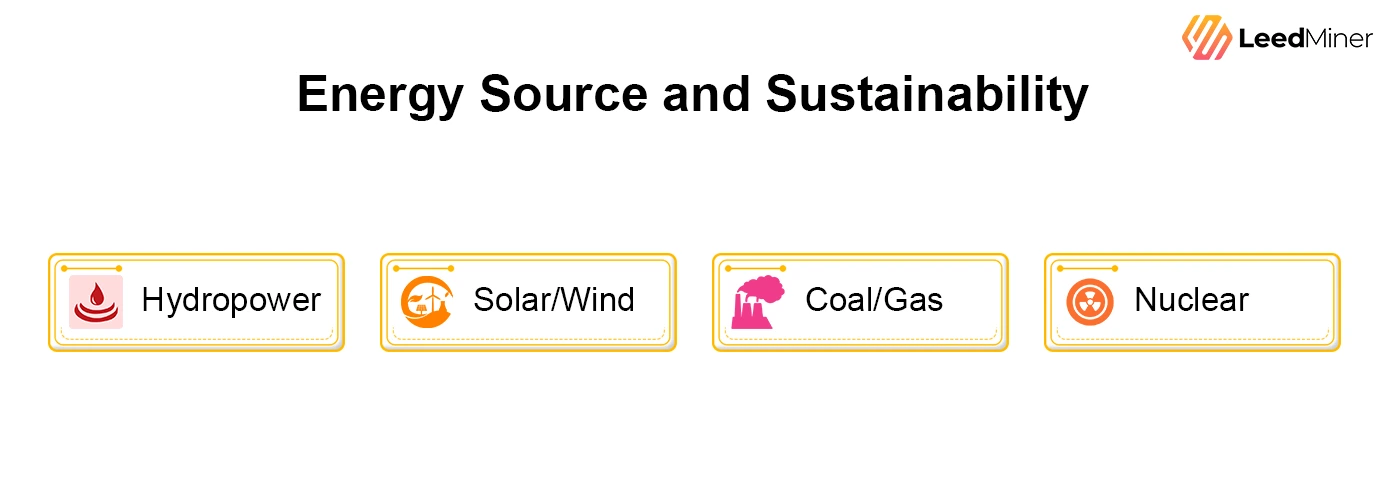
The source of electricity not only affects cost but also environmental impact:
- Hydropower: Cheap, sustainable, ideal for mining (e.g., Paraguay, parts of Canada and China)
- Solar/Wind: Clean but inconsistent; may require battery storage
- Coal/Gas: High carbon footprint but common in industrial zones
- Nuclear: Stable supply, low emissions, limited locations
Sustainability matters more as ESG (Environmental, Social, Governance) standards affect investor and community support.
Optimization Tips for Miners
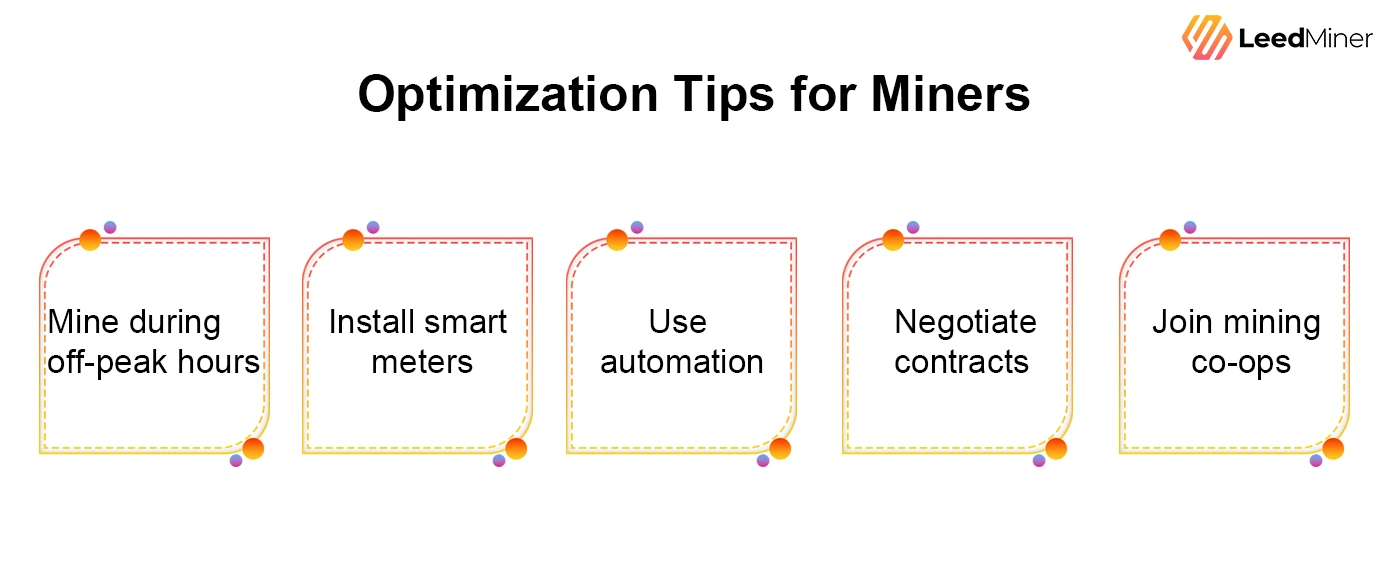
Here’s how you can reduce your effective electricity cost:
- Mine during off-peak hours if using TOU plans
- Install smart meters to track usage patterns
- Use automation to throttle mining rigs during expensive hours
- Negotiate contracts if you’re on industrial or commercial plans
- Join mining co-ops or host in energy-abundant regions
Useful Tools and Resources
- Electricity Comparison Sites:
- GlobalPetrolPrices.com
- Local utility dashboards
- Mining Profitability Calculators:
- WhatToMine.com
- NiceHash profitability calculator
- Custom spreadsheets with electricity input
- Smart Hardware:
- TP-Link Kasa Smart Plugs (monitor real-time consumption)
- PDU monitors for farms
- Solar/battery ROI calculators
CONCLUSION
Electricity costs are the heartbeat of mining profitability. A miner with a $0.04/kWh rate can be 2–3 times more profitable than one paying $0.12, even with identical hardware. Whether you’re a hobbyist or a farm operator, understanding rate structures, calculating your real cost, and optimizing usage are key steps to staying profitable in any market condition.
Before you buy your next miner, analyze your electricity first.
